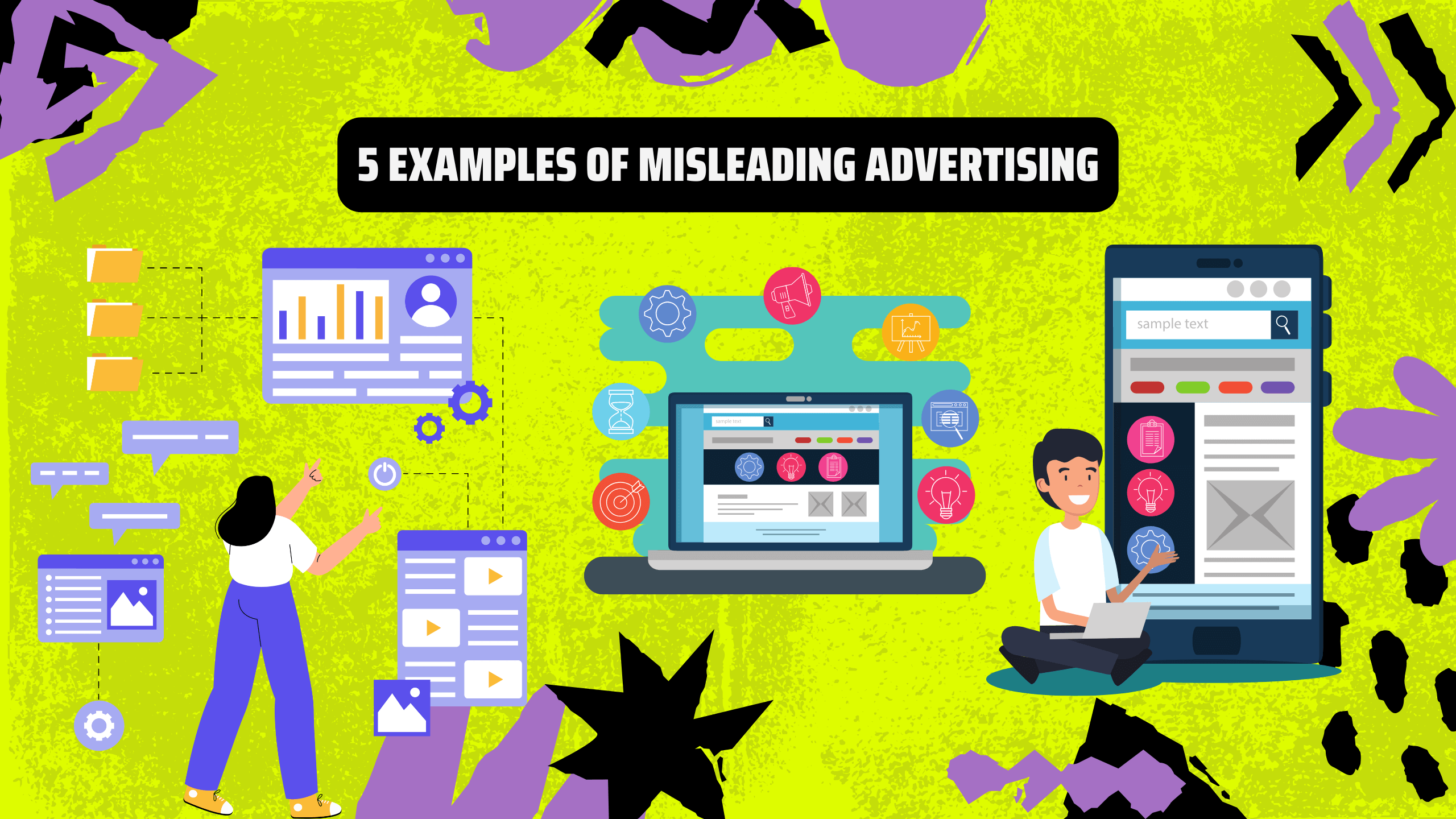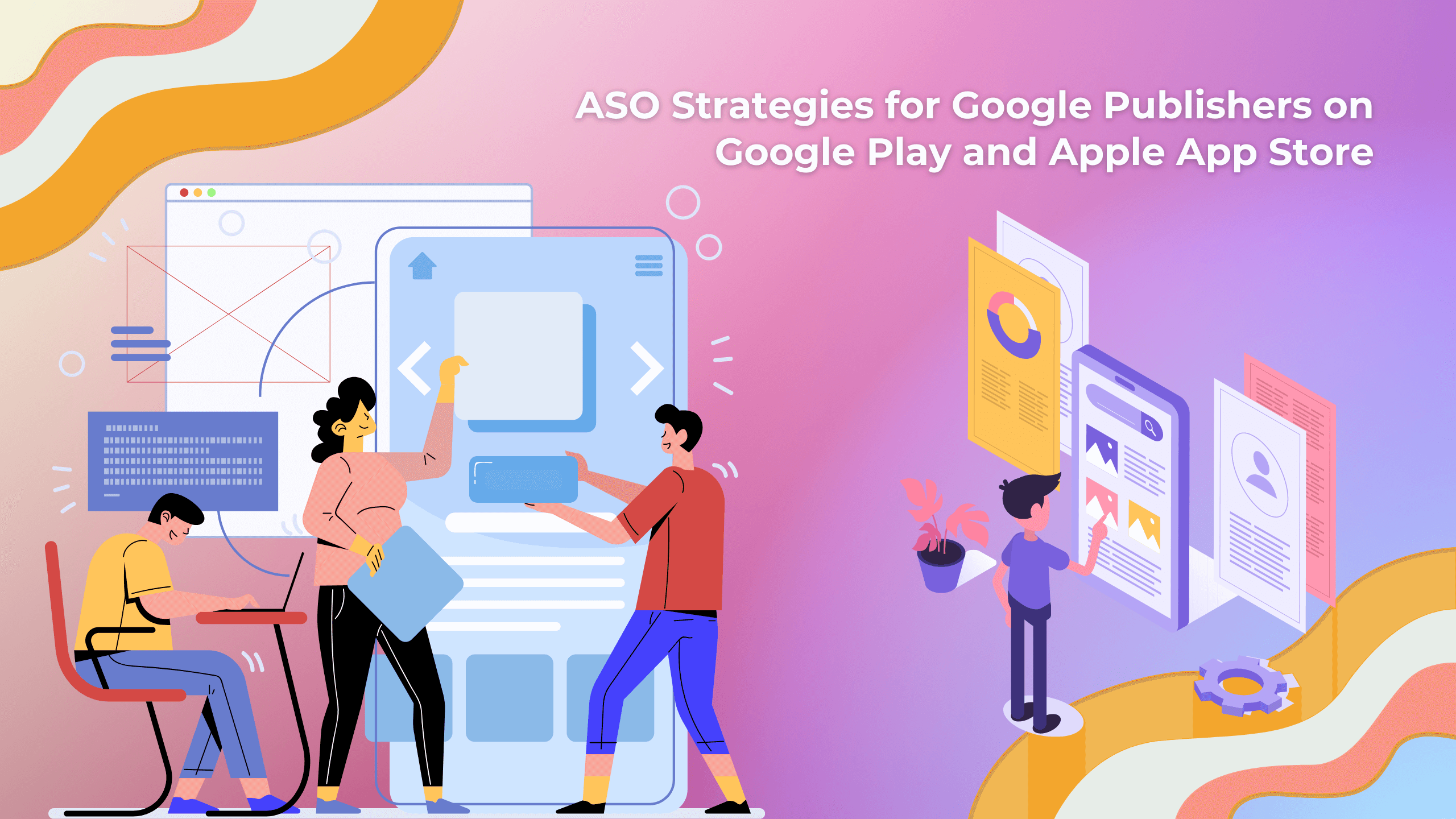In the ever-changing landscape of digital marketing, understanding user interactions has become the cornerstone of success. This article delves into conversion tracking, uncovering its significance, methodologies, benefits, and best practices. Whether you’re a seasoned marketer or just starting out, grasp the power of conversion tracking to drive effective online campaigns.
I. What is Conversion Tracking?
At its core, conversion tracking is a strategic approach that involves monitoring and analyzing user interactions to measure the success of marketing efforts. Specifically, it revolves around tracking the journey of a user from an initial interaction (like clicking on an ad or visiting a website) to a desired action (such as making a purchase, signing up for a newsletter, or filling out a form). This process offers invaluable insights into how effectively your marketing efforts are translating into tangible results.
![]()
II. How to Use Conversion Tracking?
Conversion tracking is executed through various tools and platforms, with each interaction assigned a specific “conversion” value. For instance, in e-commerce, a completed purchase might be assigned a higher conversion value compared to a user signing up for a newsletter. To employ conversion tracking, marketers typically embed tracking codes or pixels into their websites or landing pages. These codes record user actions and relay the data to analytics platforms, where it’s analyzed to measure the success of campaigns.
III. Why Do You Need Conversion Tracking?
In the dynamic landscape of digital marketing, data-driven decisions are the bedrock of success. Conversion tracking provides the data necessary to understand which strategies are effective and which are falling short. It illuminates the customer journey, highlighting pain points and successes along the way. With this information, you can refine your marketing efforts, allocate resources effectively, and optimize campaigns for maximum impact.
![]()
IV. Best Practices for Conversion Tracking
1. Set Clear Goals:
Before implementing conversion tracking, define clear goals. What constitutes a valuable action for your business? This could be a sale, a lead generation form submission, or any other action that aligns with your objectives.
2. Segment Your Audience:
Break down your audience into segments to understand how different groups interact with your campaigns. This allows you to tailor your strategies to specific audiences for better results.
3. Test Continuously:
Run A/B tests to experiment with different approaches. Test various elements like ad copy, visuals, and landing pages to identify what resonates best with your audience.
4. Monitor User Behavior:
Beyond the conversion itself, track user behaviour post-conversion. Are customers becoming repeat buyers? Are they engaging with your content? This data informs customer retention strategies.
V. Benefits for Publishers
For publishers, the advantages of implementing conversion tracking extend beyond just enhancing the effectiveness of advertising campaigns. Let’s delve into how publishers can reap the rewards:
1. Optimized Monetization:
Conversion tracking empowers publishers to understand which specific content or ads are driving valuable actions. This insight allows them to optimize their monetization strategies by focusing on content that resonates with their audience and drives higher conversions.
2. Improved User Experience:
By monitoring user actions and behaviours, publishers can tailor their content to match user preferences. This personalization not only enhances the overall user experience but also increases engagement and encourages repeat visits.
![]()
3. Informed Content Creation:
Conversion tracking provides data-driven insights into the types of content that generate the most conversions. Publishers can use this information to create more targeted and relevant content, which not only attracts more visitors but also increases the likelihood of conversions.
4. Effective A/B Testing:
Publishers often engage in A/B testing to determine which variations of their content or design perform better. Conversion tracking adds a new layer of effectiveness to this process by revealing which variations lead to higher conversion rates, allowing publishers to make informed decisions about which elements to retain or modify.
5. Enhanced Monetization Opportunities:
Detailed conversion data allows publishers to demonstrate the effectiveness of their platforms to potential advertisers. This, in turn, can attract higher-paying advertisers looking to place their ads on websites with a proven track record of driving conversions.
6. Tailored Audience Segmentation:
Conversion tracking enables publishers to segment their audience based on their behaviour and actions. This segmentation can be leveraged to deliver more targeted advertising campaigns, ensuring that each user is presented with content or ads that align with their interests and needs.
7. Strategic Business Decisions:
The insights gathered from conversion tracking provide publishers with a comprehensive view of their platform’s strengths and weaknesses. This data can inform strategic decisions about content focus, design improvements, and overall business direction.
Conclusion
Conversion tracking is the compass that guides digital marketers through the tumultuous sea of online campaigns. Its ability to shed light on user behaviour, measure success, and optimize strategies is pivotal for achieving meaningful results in today’s data-driven landscape. For publishers, conversion tracking offers a potent tool to enhance their content offerings, engage audiences more effectively, and provide advertisers with measurable value. As the digital realm continues to evolve, mastering the art of conversion tracking is no longer optional—it’s a necessity for success.











